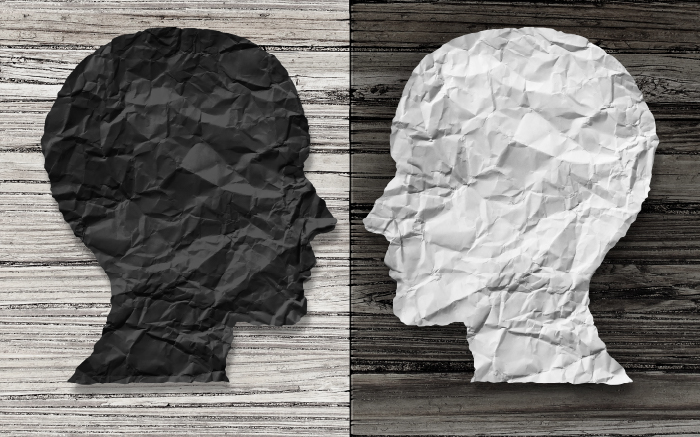In today’s fast-paced society, feelings of stress and worry are common. However, distinguishing between normal stress and potential anxiety disorders is an important step towards better mental and emotional well-being. This article shares into the key indicators of anxiety, offering self-assessment tips to help you determine if your experiences align with those of an anxiety disorder.
Understanding Anxiety
Anxiety is a natural response to stress, characterized by feelings of fear or apprehension about what’s to come. While occasional anxiety is a part of life, persistent, excessive worry may indicate an anxiety disorder. These disorders are among the most common mental health conditions, affecting millions worldwide.
Types of Anxiety Disorders
- Generalized Anxiety Disorder (GAD): Marked by chronic, exaggerated worrying about everyday activities, this disorder can significantly impair daily functioning.
- Panic Disorder: Characterized by sudden, intense episodes of fear that trigger severe physical reactions without any real danger, panic disorder can be particularly debilitating.
- Social Anxiety Disorder: This involves overwhelming worry and self-consciousness about social situations, often stemming from a fear of being judged negatively by others.
Key Indicators of Anxiety
Recognizing the signs of anxiety is pivotal in identifying whether you’re dealing with an anxiety disorder. Here are some detailed insights into some key indicators:
Excessive Worrying
For individuals with GAD, worry is not just a transient concern but a persistent, overwhelming dread of various activities or events, often disproportionate to the actual situation. This worry is difficult to control and can consume hours each day, impairing the ability to function.
Feeling Agitated
When you’re anxious, your sympathetic nervous system goes into overdrive, preparing your body to flee from perceived danger. Symptoms like sweating, trembling, and a racing heart are common physiological responses indicating that your body’s alarm system is activated more often than not.
Restlessness
An inability to relax or feel calm can signal anxiety. Adults might feel on edge, while children and teenagers may appear more physically restless, unable to sit still for extended periods.
Fatigue
Interestingly, despite the association of anxiety with high energy levels due to nervousness, it can also lead to profound fatigue. This paradoxical symptom results from the constant arousal of the nervous system, leaving individuals feeling drained and exhausted.
Difficulty Concentrating
Anxiety can scatter your thoughts, making concentration on work, conversations, or reading material challenging. This symptom can significantly impact productivity and personal relationships, as the mind is preoccupied with worries.
Irritability
Anxiety can shorten one’s temper; even minor issues may provoke irritation. This heightened irritability can strain relationships, making interactions more contentious than they might otherwise be.
Sleep Problems
Insomnia, frequent awakenings, or unsatisfying sleep are common among those with anxiety disorders. Worrying at night keeps the brain buzzing, making it hard to achieve restful sleep.
Self-Assessment Tips
While recognizing these symptoms is vital, understanding their impact on your life is crucial for self-assessment. Here’s how you can begin evaluating your situation:
Reflect on Your Worry Patterns
Notice if your worries are broad, spanning many areas of life, or if they’re concentrated on specific issues. An anxiety disorder might be present if you find these worries hard to control and they significantly impact your daily activities.
Monitor Physical Symptoms
Keep a detailed journal of your physical symptoms over a period. Note any patterns or triggers that seem to exacerbate these symptoms, as this can offer insights into your anxiety levels.
Evaluate Your Avoidance Behaviors
Avoidance is a key feature of anxiety disorders. Reflect on whether there are situations or activities you find yourself steering clear of due to fear or discomfort.
Consider Your Sleep Quality
Assess not just the quantity but the quality of your sleep. Anxiety might be influencing your sleep patterns if you find yourself lying awake worrying.
Seek Feedback
Sometimes, it’s challenging to see the signs in ourselves. Close friends or family may offer valuable insights into changes in your behavior or mood that you might not have noticed.
Take the Steps Towards a Clearer Mind
Identifying the onset of an anxiety disorder is the first step toward seeking help and improving your quality of life. If your self-assessment suggests you might have an anxiety disorder, consider reaching out to a mental health professional for a formal evaluation.
Remember, anxiety is manageable with the right support and interventions. By taking the time to understand your symptoms and assess your condition, you’re taking an important step toward better mental health and well-being.






